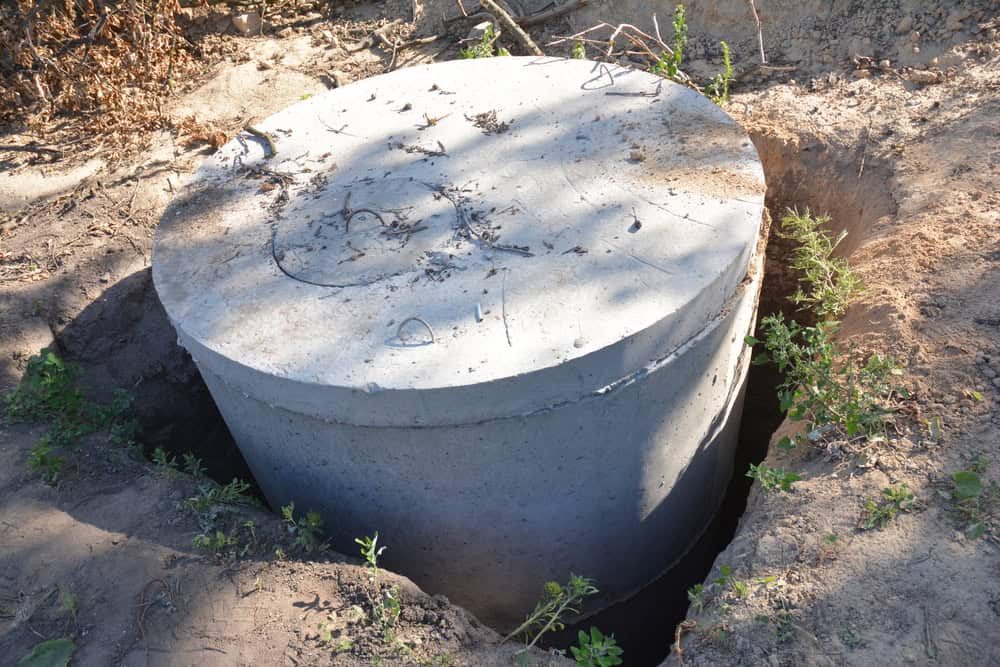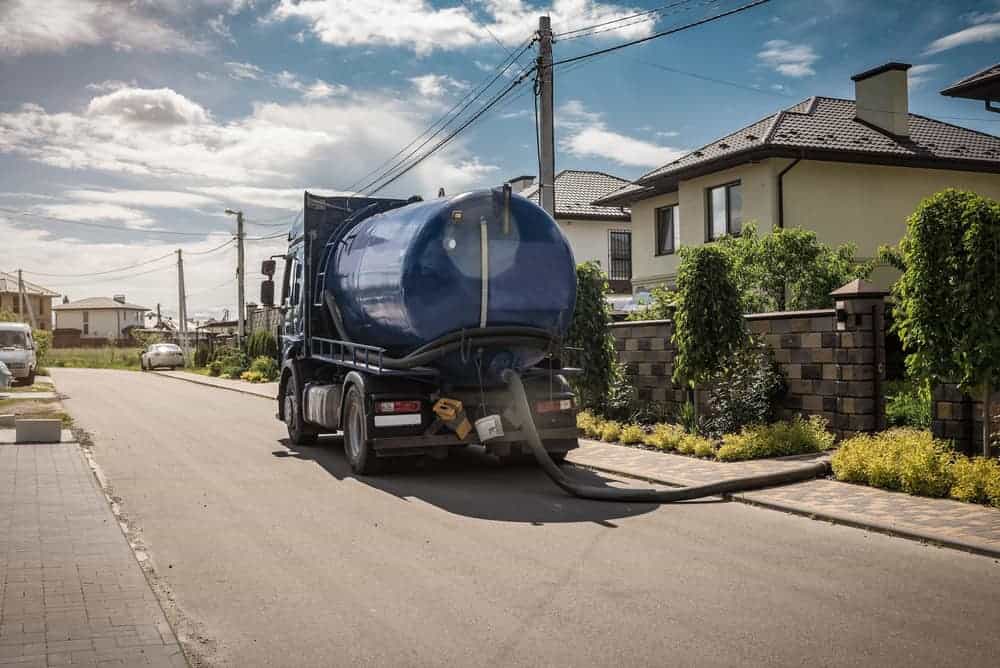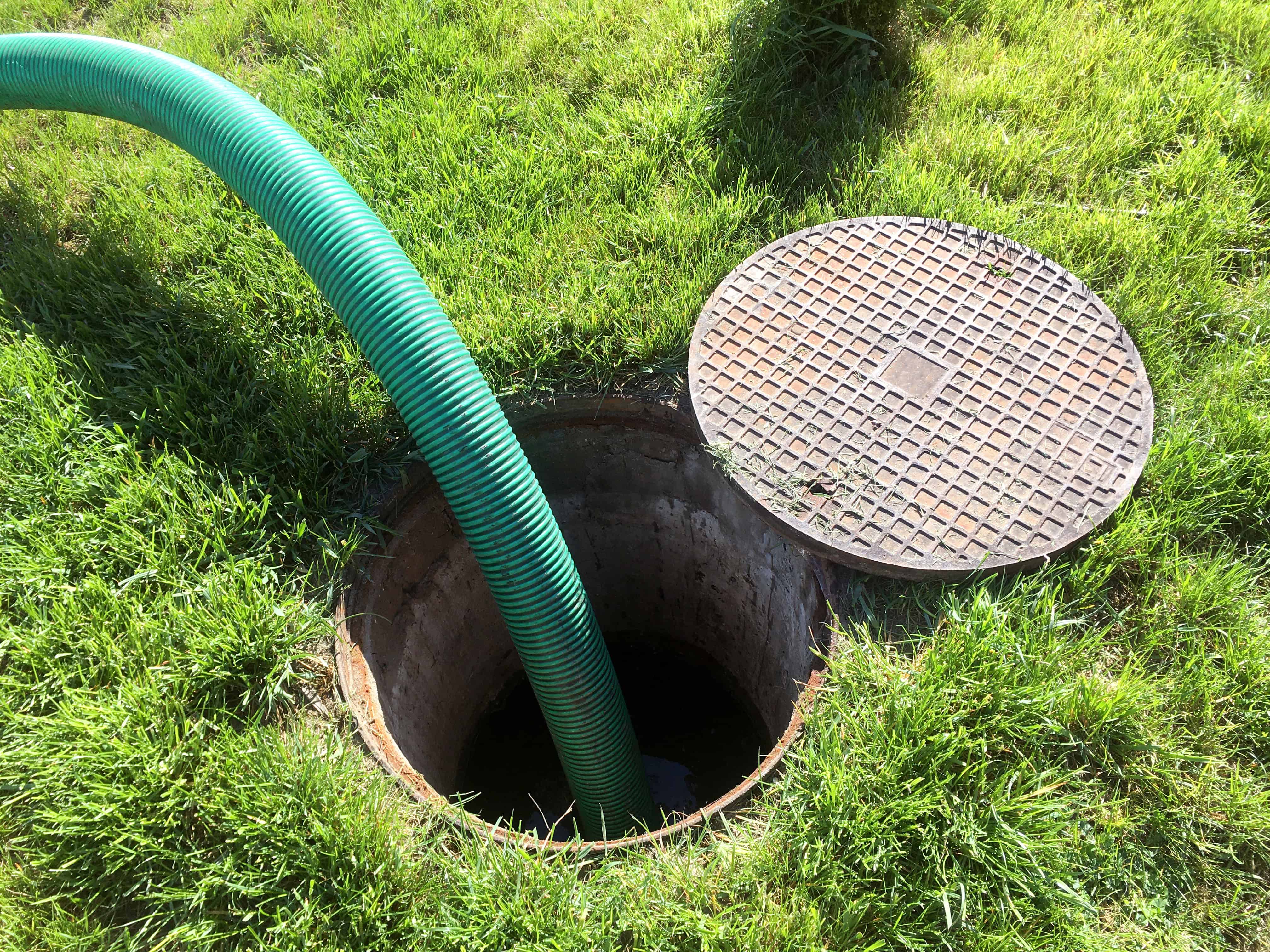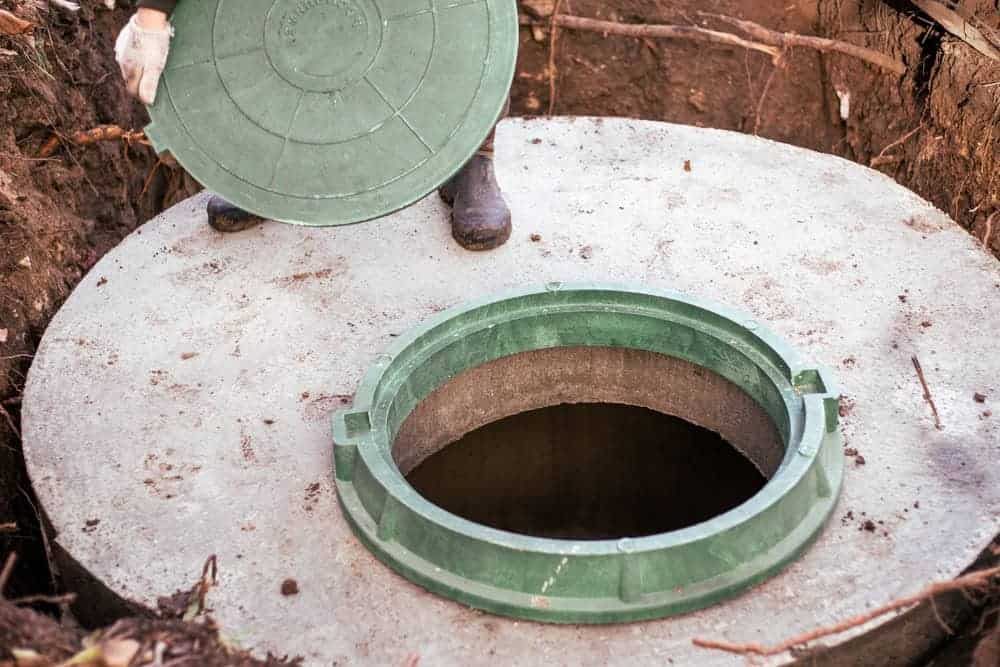Summary:
How Your Water Usage Directly Affects Your Septic System's Performance
Your septic system or cesspool is engineered to process a certain volume of wastewater daily. Consistently exceeding this capacity by using too much water can overwhelm the entire setup. When your household sends down more water than your septic tank and drainfield can efficiently process, solid wastes do not have sufficient time to settle properly within the tank. This situation can force suspended solids out into the drainfield or cesspool, clogging the crucial soil pores that allow for water absorption. This oversight can lead to premature drainfield failure, a significant issue that might cost Long Island homeowners between $10,000 and $20,000 or even more for a complete replacement, a cost far exceeding routine septic tank pumping expenses. On Long Island, where many properties feature older systems and varying soil conditions, the impact of excessive water is even more pronounced. Reducing your water usage lessens the hydraulic load, which in turn can decrease how often you need septic tank cleaning and cesspool maintenance, ultimately preventing system failures and saving you money. Understanding your system’s capacity is the first step; recognizing how your daily water habits influence its ability to function is key to its longevity.
Practical Water-Saving Habits to Protect Your System
Implementing simple water-saving techniques can drastically reduce the daily volume of water your septic system must handle. Begin by promptly repairing any leaks. A single faucet dripping at one drip per second can waste over 3,000 gallons of water annually – that’s 3,000 extra gallons stressing your septic system and potentially shortening the interval between cesspool pumping appointments. Consider installing low-flow fixtures; older toilets might use 3.5 to 7 gallons per flush, whereas modern WaterSense-labeled models use 1.28 gallons or less. This single upgrade can cut your home’s indoor water use by 20-60%. Furthermore, be mindful of water usage patterns. Instead of doing multiple loads of laundry in one day, which can send 80-160 gallons of water (20-40 gallons per load) into your system almost at once, try to spread them throughout the week. This practice helps avoid sudden hydraulic overloads that can stir up solids in the tank, pushing them towards the drainfield before proper settling, a common precursor to needing cesspool repair.
The Critical Role of Consistent Septic Maintenance
Implementing simple water-saving techniques can drastically reduce the daily volume of water your septic system must handle. Begin by promptly repairing any leaks. A single faucet dripping at one drip per second can waste over 3,000 gallons of water annually – that’s 3,000 extra gallons stressing your septic system and potentially shortening the interval between cesspool pumping appointments. Consider installing low-flow fixtures; older toilets might use 3.5 to 7 gallons per flush, whereas modern WaterSense-labeled models use 1.28 gallons or less. This single upgrade can cut your home’s indoor water use by 20-60%. Furthermore, be mindful of water usage patterns. Instead of doing multiple loads of laundry in one day, which can send 80-160 gallons of water (20-40 gallons per load) into your system almost at once, try to spread them throughout the week. This practice helps avoid sudden hydraulic overloads that can stir up solids in the tank, pushing them towards the drainfield before proper settling, a common precursor to needing cesspool repair.
Advanced Water Management: Rainwater and Greywater Solutions
Beyond basic conservation, you can explore innovative solutions like rainwater harvesting and greywater systems to further reduce the load on your septic system. Rainwater harvesting involves collecting rainwater, typically from your roof, and storing it in barrels or larger cisterns. This collected water is naturally soft and free of chlorine, making it ideal for irrigating your lawn and garden. Using harvested rainwater for these outdoor tasks, especially during Long Island’s drier summer months, can prevent hundreds, if not thousands, of gallons of water from needlessly entering and taxing your septic system. Greywater systems offer another avenue by recycling water from your showers, bathroom sinks, and washing machines. This water, having been used for washing, can be filtered and diverted for landscape irrigation instead of flowing into your septic tank. Implementing a greywater system can decrease the total wastewater volume entering your septic system by as much as 40%, significantly extending the periods between necessary septic tank pumping and reducing the risk of system overload that might lead to septic repair needs. These methods not only conserve water but also lessen the burden on your septic setup.
Involving Your Household in Water Stewardship
Getting everyone in your household on board with water conservation is a fundamental step in protecting your septic system. Simple habit changes, when adopted by everyone, make a substantial collective impact. Encourage shorter showers; reducing shower time by just two minutes per person can save several gallons with each use. For a family of four, this small adjustment can conserve over 100 gallons of water weekly, significantly easing the daily demand on your septic system and potentially delaying the need for premature cesspool maintenance. Another easy win is turning off the faucet while brushing teeth or shaving. A running tap can waste up to 4 gallons of water. If each member of a four-person household does this twice daily, you’re looking at potentially 32 gallons saved each day – that’s over 11,000 gallons a year that your septic system won’t have to process. Also, teach household members to use the dishwasher and washing machine only for full loads and to avoid using the toilet as a disposal for items like dental floss, wipes, or cat litter, as these can contribute to clogs and increase the frequency of required septic service.
Collaborating with a Knowledgeable Septic Service Provider
Working with a reliable and informed septic service provider, such as Quality Cesspool, gives you access to the specific care your system needs to function correctly. Their proficiency in septic tank cleaning, cesspool pumping, and comprehensive septic repair services can be instrumental in maintaining your system’s health, especially considering the varied geological conditions across Long Island. When you arrange a septic tank cleaning with Quality Cesspool, for instance, the technicians do more than just pump the tank. They also conduct a visual inspection for any signs of wear, cracks, leaks, or unusual liquid levels that could signal a developing issue. This proactive approach can identify problems before they escalate into a more serious and expensive septic repair situation. Given Long Island’s high water table in certain areas, incorrect cesspool pumping techniques can cause structural problems; the team at Quality Cesspool understands these local specificities and operates accordingly to protect your investment. You will receive straightforward explanations of any findings and clear recommendations for ongoing septic maintenance or necessary cesspool service, ensuring you understand precisely what your system requires to perform optimally for years to come.
Proactive Steps for a Healthy Septic System and Sustainable Water Use
In summary, embracing water conservation practices is a vital action for safeguarding the health and extending the life of your septic system on Long Island. By mindfully reducing your household’s water consumption and committing to a schedule of regular septic maintenance with a trusted provider like Quality Cesspool, you ensure your system operates efficiently, helping you avoid the disruption and high costs associated with premature failures and emergency repairs. These proactive measures not only protect your property and finances but also contribute to the responsible management of Long Island’s water resources. If you are ready to improve your water usage habits or need professional advice on your septic system’s condition, contact Quality Cesspool today to learn more about their septic service options and how they can assist you in implementing effective water conservation strategies for a more sustainable future.




